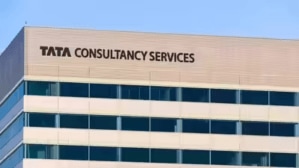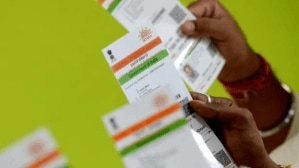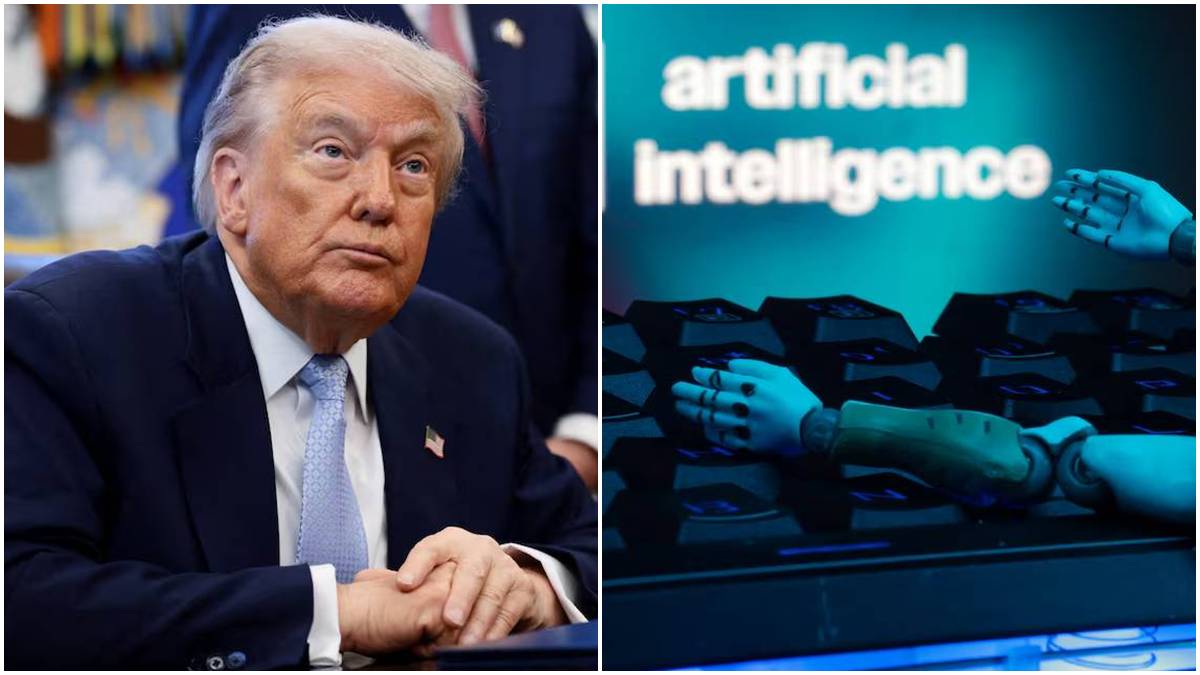With Industry 4.0 on the horizon, it is now the turn of manufacturing companies to speak about the massive impact of modern technologies—Internet of Things (IoT), 5G, Artificial Intelligence (AI), Enterprise resource planning (ERP) and virtual reality/ augmented reality (VR/AR). The manufacturing sector is looking at stiff competition in terms of cost cutting, enhanced efficiency and quality. There is no surprise that they see these technologies as their lifeline, using them optimally to survive and thrive.
India is home to some fascinating stories where some biggest manufacturing brands have turned a new leaf by re-inventing themselves via digital transformation while keeping their ground values intact. One of them is Hindalco, the world’s largest aluminium rolling company and one of the biggest producers of primary aluminium in Asia. This 62-year-old company understood that being digital means being data-centric and hence the leadership at Hindalco gave their people technology that will help one and all—be it in HR, supply chain or their factories. Their philosophy is simple: Do not start digital if you do not have a problem to solve.
Jagdish Ramaswamy, CDO, Hindalco Industries, says, “It’s important to start with point solutions but very soon look at how this technology will help improve business efficiency or customer experience. So, technology is good to learn but it’s not good as a solution for the problem. So, start with what problem you are trying to solve and find the right technology which gives you benefit. So it’s important to move from point solution to end-to-end business value and with this we’ve started the journey with Oracle in a big way.”
Another well-known Indian success story is Apollo Tyres. The company has come a long way from its first plant in 1977 to four manufacturing units in India and two units on foreign soil (Netherlands and Hungary). Apollo Tyres migrated its IT operations from legacy system to Oracle SCM cloud.
Talking about the transformation, Satish Sharma, president, Asia Pacific, Middle East & Africa, Apollo Tyres, says, “Cloud has given us scale, security, and uptime. Being on the cloud has given us the flexibility of seamlessly managing our business without any disruptions even when we are expanding rapidly. It is available as pay per the use.”
Unilver, a multibillion-dollar multinational consumer goods company operating in 190 countries, is on its way to create a data intelligent work culture, which is a humongous task. The company implemented Oracle Transportation Management (OTM) to revamp its transportation strategy with a view to improving the ‘3Cs’ of logistics—customer service, reducing delivery costs and cutting CO2 emissions, which is in line with its wider corporate social responsibility strategy through Unilever Sustainable Living Plan.
The technology world is abuzz with terms like Blockchain, AI, Machine Learning. How can companies map their requirements against ever-changing criteria?
According to Ramaswamy, first and foremost the business needs to run, which would include ERP, as it is the transaction engine for any business. Then comes the technology that will help people make better decisions and after that AI, ML comes, which can take routine decisions and can help people to concentrate on making business better. Last but not least, is uptime, which gives much more reliability.
“Technologies like AI, Automation, IoT are changing the businesses as we speak. Almost all our customers are using these technologies in some form or other depending upon their maturity. We have customers ranging from some big names like Airtel, IOCL, SBI Card to startups like Klay Playschool, Oyo Rooms, etc,” says Prasad Rai, vice-president, applications, Oracle. “When a company is looking for business transformation, it is looking for efficiency gain, change in the way they deliver their product – whether it is a product as a service or a traditional way of delivering the product. These technologies help organisations to gain end-to-end visibility across the supply chain, right from sourcing a supplier, uploading tender till the product is delivered to end customers. The biggest change that these technologies have brought in is data-driven decisions.”








